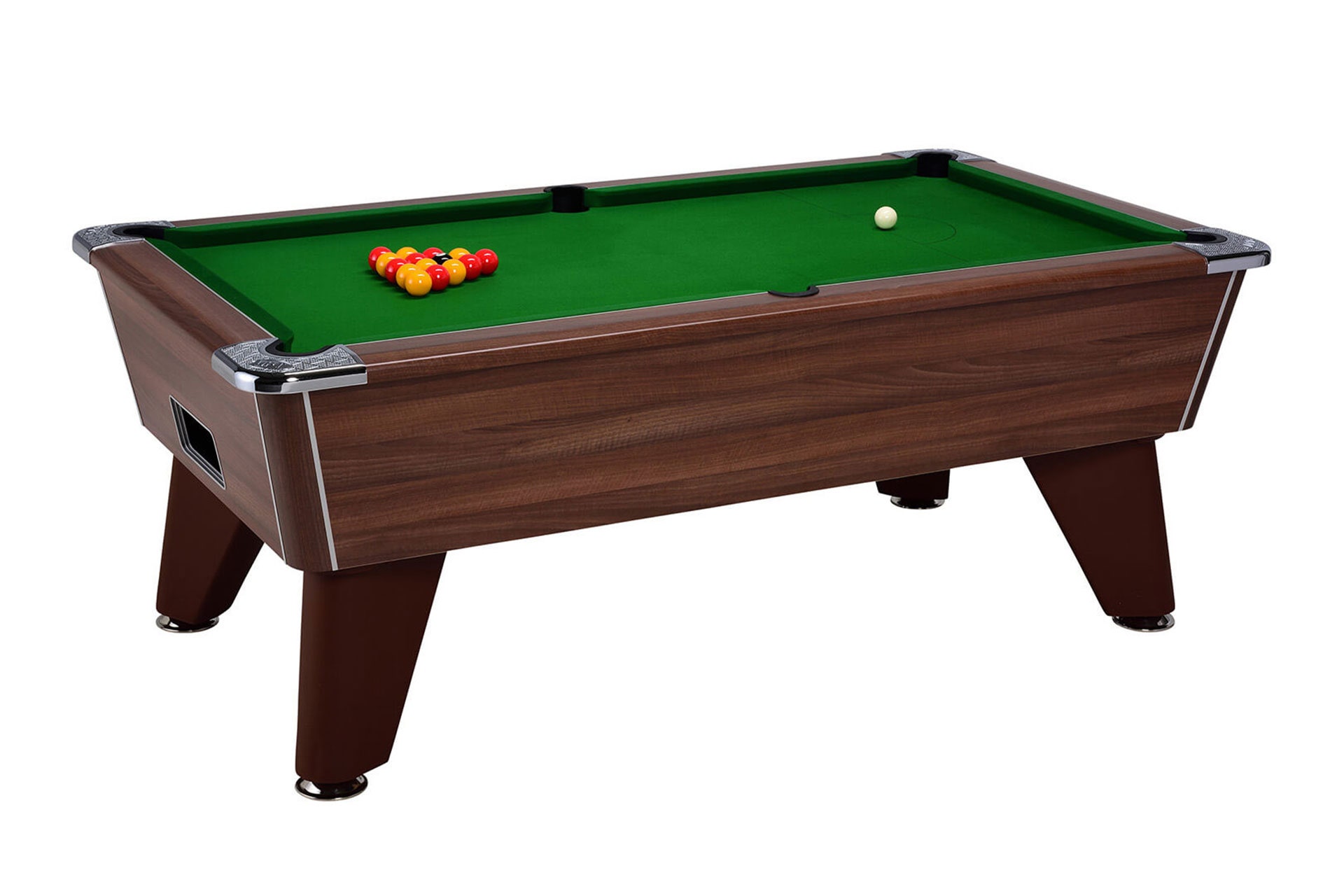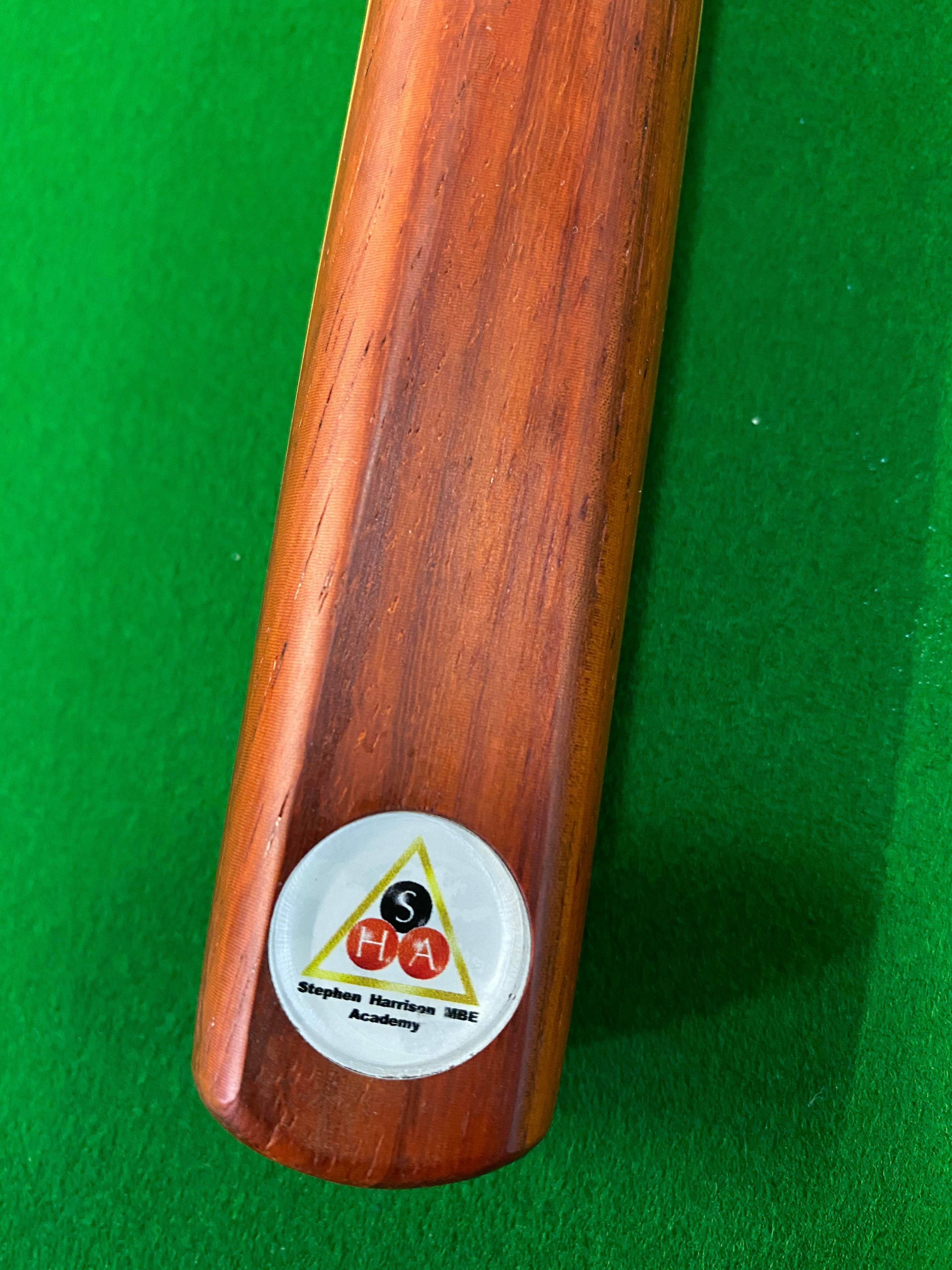
Pool balls can come in many different designs and colors depending on their manufacturer and the type and resin of plastic used. Having a quality ball can make all the difference when playing pool, and is also important for achieving professional skills. You can be sure that your balls will last a long time if you purchase high quality ones.
The original pool balls were made from wood. Manufacturers sought out alternatives to make high-quality pool balls as the game developed. In 17th-century England, pool balls were made out of ivory. It was popular due to its durability and smoothness. It was also quite affordable to make. Unfortunately, the elephant population began to decline during the late 19th century, and manufacturers sought alternatives.

Leo Baekeland, an American chemicalist, created bakelite in 1907. During the 1920s, bakelite became a preferred option for pool balls. Bakelite was less volatile and more durable than celluloid. It was easy-to-make and didn't explode. While it is a type plastic, it is not as strong as today's resin. It is a thermosetting material that can't be melted again.
The next pool ball was made from a combination of alcohol and nitrogen. This plastic is still in use today. It is called phenolic resin. Circuit boards are also made of phenolic resin. It is a strong, robust resin that is preferred for pool balls. The resin is used to create pool balls in a way similar to bakelite.
Polyester is another popular plastic for pool balls. Compared to phenolic resin, polyester is cheaper. However, polyester does not keep its shine as long as the phenolic. Also, polyester isn't very durable. Polyester pool balls can be more easily worn. In addition, they do not last as long as phenolic resin balls.
In 1923, a Belgian company named Saluc specialized in manufacturing pool balls. Saluc is well-known for Aramith brand, which is the only company to produce pure phenolic phenolic resin ball. The resin used in Aramith balls is a combination of the properties of bakelite and phenolic resin. Phenolic resin is a thermosetting plastic that is usually very durable. It can last up to 40 years. It can also serve as a volleyball ball holder, which is durable and can withstand upto 450,000 impacts.

There are many other types of plastics that can be used to make pool balls. While polyester pool balls are cheaper than phenolic, they are less strong than phenolic. Furthermore, polyester pool balls don't last as well as phenolic-resin pool balls. But they are affordable enough and durable enough to be used for beginners. While phenolic resin pool balls make the best choice for tournaments, they can be quite expensive.